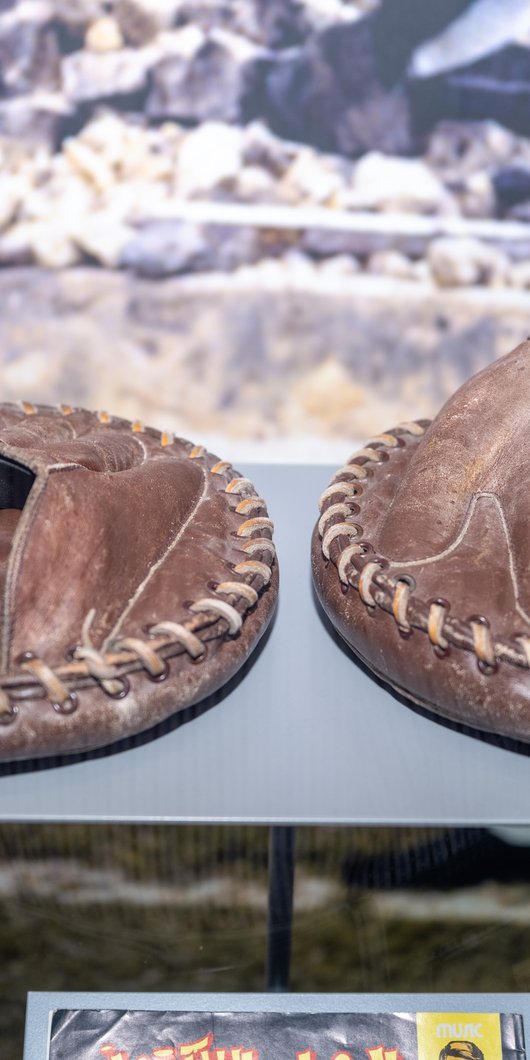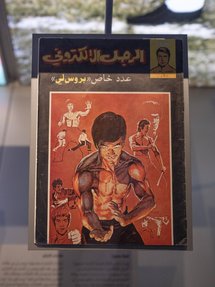Born in California and raised in Kowloon, Hong Kong, the iconic Bruce Lee became a legend whose name conjures up images of some of the most beloved martial arts films in cinema history. However, Lee always considered himself an athlete first and an actor and film star second.
He studied the traditional art of gung fu (also known as kung fu) — specifically wing chun — as well as philosophy, dance and strength training.
Lee also developed Jeet Kune Do; his own hybrid brand of martial arts. First coined in 1967, Jeet Kune Do translates to ‘Way of the Intercepting Fist’, and follows three basic principles: Simplicity, Directness and Freedom.
Many combat training exercises were developed within the discipline – some using the focus mitts seen above. Jeet Kune Do students punch and kick the mitts to improve speed and accuracy.
While different types of focus mitts were used in a number of martial arts in Asia, their widespread use took off in the 1970s and 1980s after Lee was seen using them.
His lightning-quick martial arts moves were matched by an onscreen charisma, allowing him to achieve global film success alongside his athletic prowess – and popularising kung fu with a Western audience.
Enter the Dragon (1973) has had a long lasting and in many ways revolutionary influence on American culture. It was the first film co-produced across Hollywood and Hong Kong, creating the most honest depiction of Asia and martial arts that the world had seen to date – especially in light of many propaganda films from the decade relating to Vietnam.
The Arab world was no less impressed by Bruce Lee’s rising star. The ‘Little Dragon’ influenced creatives across the Middle East and North Africa; so much so that the Arabic-language special edition Electronic Man comic was entirely devoted to Lee.

